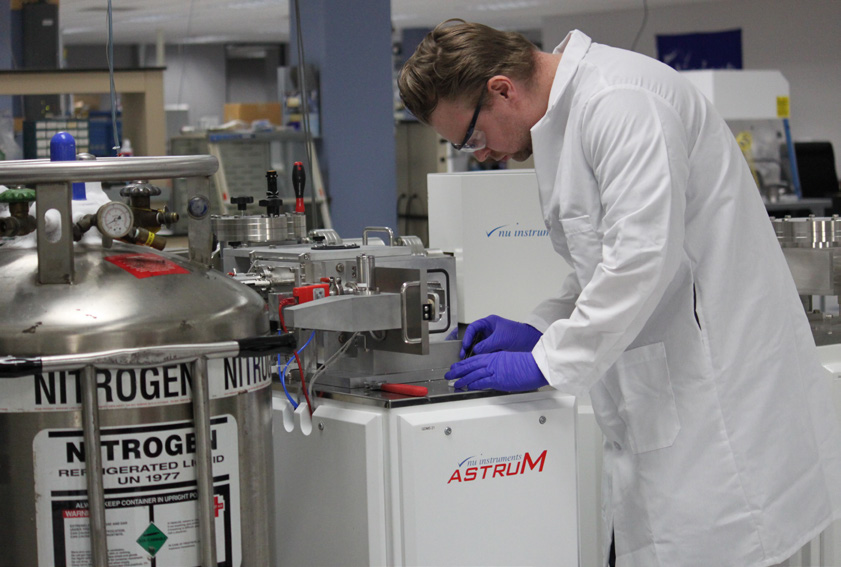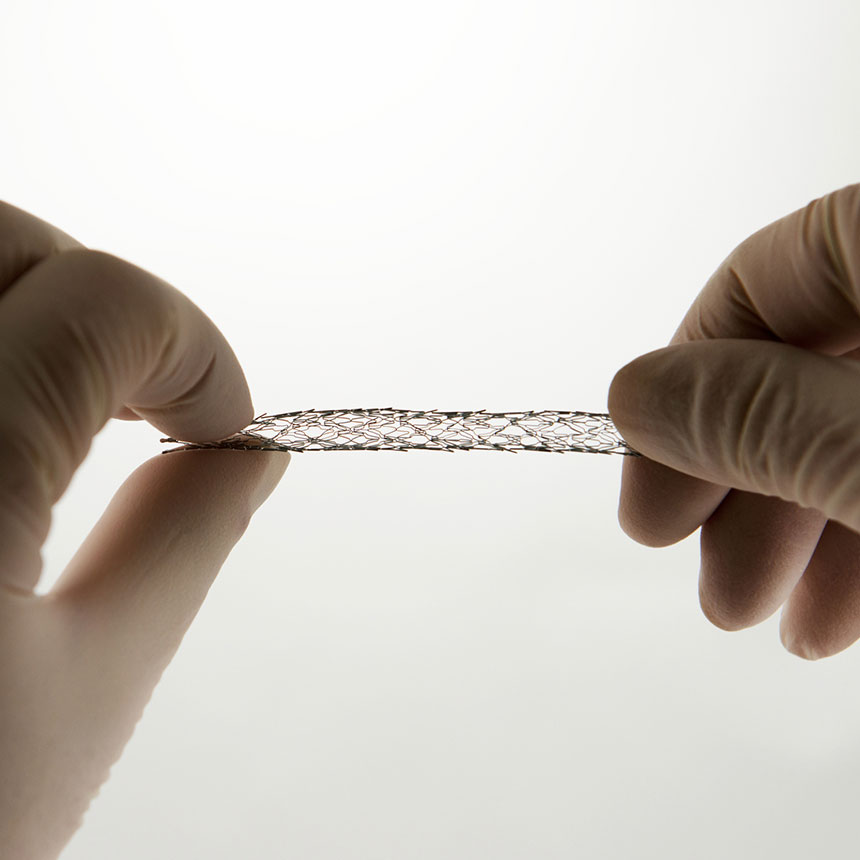
The Crucial Role of Warpage Analysis
Warpage Analysis serves as a valuable tool for measuring the warpage and deformation experienced by products under thermal stresses.
Home » Ceramic Matrix Composites Emerge as Next Generation Aerospace Materials
Fuel costs are at an all-time high. Consumers are feeling the pinch and trickle-down effect everywhere. For those industries that use jet fuel or performance specification hydrocarbon fuels the pinch is a little bit harder. For the aerospace industry finding ways to control fuel costs, or minimize them, is paramount as fuel costs are the largest operating expense for airlines. When looking at a large turbojet aircraft, a weight reduction of 1,000kg cuts fuel use by 1.1-1.5%. Further, improvements in engine efficiency are accomplished by running the engine at a higher turbine inlet temperature – which means less fuel burnt for the same thrust output which can also lead to a reduction in CO2 emissions (1:1 ratio). One way to combat these rising costs and improve efficiency is using new advanced materials such as Ceramic Matrix Composites (CMCs).
Ceramic matrix composites are a special type of composite in which both the reinforcement (refractory fibers) and matrix materials are ceramics. Some notable applications of CMCs are energy and environmental, mechanical and electrical, and

aerospace and defense. CMCs attempt to retain the desirable properties of ceramics as well as compensate for their weaknesses with high strength and strength-to-density ratio, high strength at high temperatures, high stiffness-to-density ratio, toughness (impact and thermal shock), improved fatigue strength, controlled thermal expansion and conductivity, improved hardness and erosion resistance, and the ability to tailor properties for end use specification.
CMCs are the next generation of aerospace materials. As with any material used by the aerospace industry, controlling the chemical purity of “aerospace-grade” composites is going to be indispensable to achieving the desirable mechanical properties, reliability, and lifetime. The market for CMCs is also primed for growth. The global ceramic matrix composites market size is projected to grow from USD $8.8bn in 2021 to USD $25bn by 2031, at a CAGR of 11%. The industry is experiencing such growth due to the rising demand for CMCs from various industries. There is higher demand for lightweight, fuel-efficient vehicles as lessening each consumer’s carbon footprint to reduce pollution is ever important.1

Scientists at Eurofins EAG Laboratories utilize fast-flow glow discharge mass spectrometry (FF-GDMS) to analyze CMCs. This technique is a direct solid sampling analytical technique designed for high sensitivity full survey elemental analysis of solids. To realize the full potential of CMC materials chemical impurities and distribution, as well as outgassing must be thoroughly understood and controlled. For example, low atomic mass elements (such as B, C, N, O, Al and Si) present in CMCs could outgas fairly easily during the manufacturing processes and during their service phases as compared to traditional alloys, resulting in internal voids, erosion and even corrosion components. For aerospace and defense this would be catastrophic.
EAG scientists understand the delicate approach to CMCs – especially as it pertains to the aerospace and defense industry. They are very thorough in making sure a full survey chemical analysis of composites is completed and understand the complexities that come with working with CMCs. Contact us today to learn more.
1Markets, Markets and. “Ceramic Matrix Composites Market by Matrix Type, End-Use Industry and Region – Global Forecast to 2031.” 2021.

Warpage Analysis serves as a valuable tool for measuring the warpage and deformation experienced by products under thermal stresses.

Nitinol is a material that is widely utilized in the medical device industry for implants due to its unique characteristics; however, this nickel-titanium alloy material also poses the risk of exposure to toxic nickel ions.

Solids fall under two main categories: amorphous and crystalline. These two types of solids have different properties that may be more beneficial for certain products or applications.

Different types of SIMS analyses exist. The two main types include Dynamic SIMS (high current) and static-SIMS (low current).
To enable certain features and improve your experience with us, this site stores cookies on your computer. Please click Continue to provide your authorization and permanently remove this message.
To find out more, please see our privacy policy.